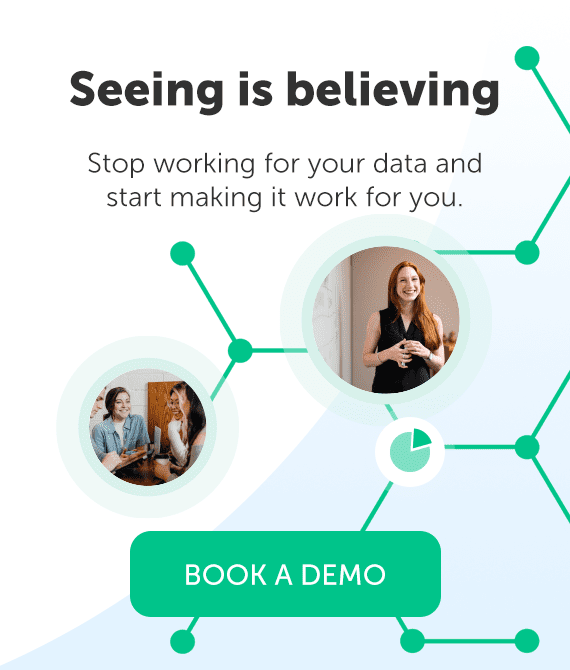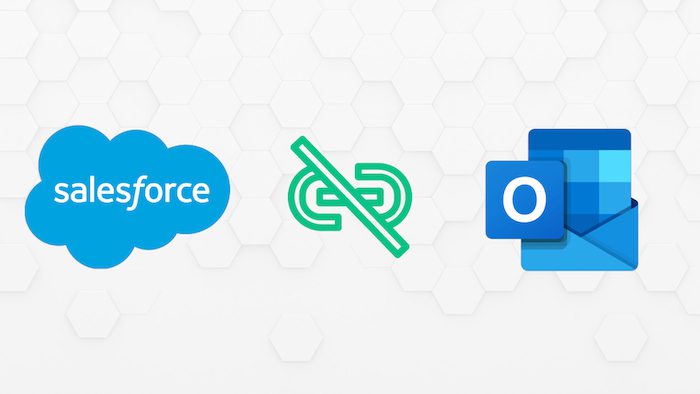 When it comes to growing revenues, the data all points toward cultivating active client relationships:
When it comes to growing revenues, the data all points toward cultivating active client relationships:
- It’s 68% more expensive to earn $1 from a new customer than from an existing customer (forEntrepreneurs)
- 70-95% of sales comes from upsold or cross-sold revenue (forEntrepreneurs)
- The probability of selling to an existing customer is 200-1,400% higher than selling to a new prospect (Groove)
The data speaks for itself, but how can firms identify those cross-selling and upselling opportunities that should be low hanging fruit? Which clients have the greatest potential to expand their serviceable needs and how can sales and business development accelerate those conversations?
The answers lie in your CRM. To clarify, our technology customers call it Customer Relationship Management (CRM) and our professional services customers call it Client Relationship Management (CRM). Tomayto, tomahto.
In the end, CRM is the place where you store all of your relevant customer, contact, and account data. If your employees are disciplined about updating information and your marketing team has data enrichment practices in place, you are most of the way there to unlocking more revenue from your current client base. Unfortunately, employees get busy and forget to update records. And let’s face it, your data seems to get worse and worse with each passing month.
There are a few ways to leverage Artificial Intelligence (AI) powered technology to solve those issues. And here’s how.
- Automate the Mundane to Enhance Data Quality
- Map and Measure Client Relationship Capital
- Double Down on Collaboration
Step 1: Automate the Mundane to Enhance Data Quality
CRM adoption is historically low across all industries, with only 40% of companies having an adoption rate above 90%, according to CSO Insights. And the No. 1 challenge to CRM adoption is manual data entry. Your CRM users don’t like taking time out of their day to input data. That’s especially true for industries like legal, accounting, or financial services, where practitioners are compensated based on their billable time utilization and profitability.
And of the data they are able to input, about 70% of it will become irrelevant or stale within the year. Without the ability to clean and update information in CRM, it’s hard to measure the health of customer relationships and their cross-selling or upselling potential.
Introhive recently analyzed data from a recent Salesforce Research report which shows that firms can increase the time their reps spend actively selling from an average of 34% to 76% if mundane tasks were eliminated through automation within their CRM. Thanks to automating mundane tasks and busywork, practitioners are spending less downtime on administrative work. An added benefit is that data volume and quality in CRM both increase and directly impacts the value of CRM to end users, increasing overall CRM adoption, which is another common challenge for most companies.
Users of CRM will make honest mistakes when adding information or they may speed through updates omitting critical information. Instead of relying on your CRM users to update activities, post-meeting notes, and create new contacts in CRM, give them a way to capture all that data without all the busywork. CRM automation tools, like Introhive, help increase the accuracy of data that lives inside your CRM, so sales can spend more time prospecting, cross-selling and upselling active accounts and less time entering data in CRM.

Step 2: Map and Measure Client Relationship Capital
Capturing a more holistic set of information in CRM is your first step to surfacing new cross-selling and upselling opportunities. The next step is getting that information in the hands of your team so they can take action.
According to Salesforce, leading sales organizations are 1.6x more likely to prioritize leads based on data vs. intuition. In order to do so, your business development professionals will need access to the key account information and intelligence before actionable trends can be identified and pursued.
For instance, Introhive’s open API framework enables customers to embed relationship intelligence data directly into their CRM contact and account records (Salesforce, Microsoft Dynamics, etc.) and Business Intelligence Solutions (Tableau, Power BI, Einstein Analytics, etc.) to easily visualize insights into relationships. Users can log in to the app or on their desktop to quickly see relationship activity trends, connected colleagues to the account, who knows who, relationship strength, and more.

From a process perspective, you’ll want to sit down with the management team and ask yourselves a few questions:
- Which clients would benefit the most from a wider range of services?
- Which contracts are up for renewal and how healthy are those account relationships?
- Who internally has the strongest relationships with those key accounts?
The answers to those questions will help indicate which accounts have the most potential for growth and which employees have the greatest potential to help increase revenues.
Step 3: Double Down on Collaboration
According to the Harvard Business Review, 84% of buyers start the buying process with a referral. With so many buyers being influenced by their network, unlocking insights into your firm’s overall relationship capital can lead to a lot of new business. At the end of the day, relationships and trust are the two key ingredients that move deals forward. The same is true for upselling and cross-selling to your accounts.
One hurdle firms in the professional services industry will have to overcome is “relationship hoarding.” Most professionals have grown in their career directly as a result of the relationships they keep, so they tend to be protective over those connections. For an effective growth plan to work, practitioners will need to be willing to share their Rolodex, but true collaboration is easier said than done. For some organizations, collaboration will be counter-cultural.
If you want to make sure valuable relationship insights are shared across your organization, you need to foster a culture of coming together to drive business forward for the entire company. For example, you may want to encourage regular check-ins and status updates between service teams to promote their collaboration on key accounts.
Additionally, relationship mapping tools help facilitate a culture of collaboration by automatically identifying mutual connections at an account, so that cross-functional teams can work together to grow new business. With 84% of buyers starting with a referral, the impact of a warm introduction can make a big difference.
Bring Cross-Sell and Upsell Opportunities to the Surface
Between battling adoption and data quality, your CRM isn’t generating as much value as it could be. For your CRM to provide a complete, accurate view of your relationships and the activities associated with them, you need to automate mundane CRM practices, track relationship trends, and open the door for teams work more collaboratively on cross-selling and upselling opportunities.
For more tips on upselling or cross-selling to clients, download our Professional Services Business Development Playbook.





